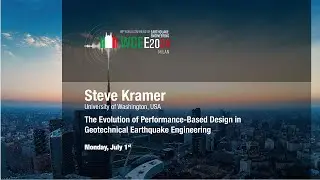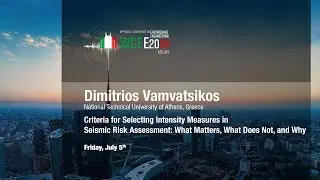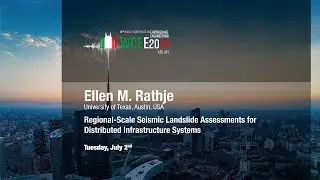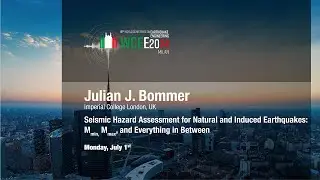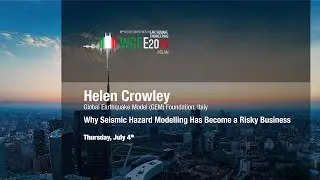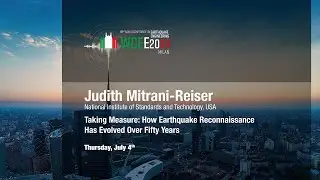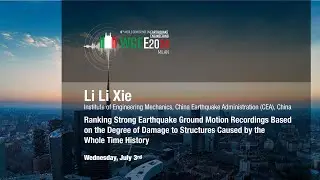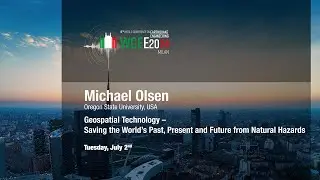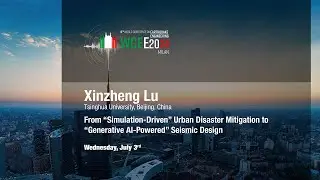Xinzheng Lu: From “Simulation-driven” Urban Disaster Mitigation to “Gen AI-powered” Seismic Design
KEYNOTE LECTURES
Xinzheng Lu: From “Simulation-driven” Urban Disaster Mitigation to “Generative AI-powered” Seismic Design
Wednesday, July 3rd, MiCo Auditorium
Abstract:
"Resilience" has become a prominent focal point for building and urban disaster prevention. Consequently, thoroughly examining the mechanisms underlying urban disasters such as earthquakes and the evolution of resilience from both building and city scales is of utmost importance. Traditional methods are mainly limited to historical disaster data-driven empirical models. In contrast, this presentation emphasises the physics-based earthquake simulation by introducing the nonlinear time history analysis method at both building and city scales. Moreover, the presentation will highlight a physics-based multi-hazard simulation framework. The framework, rooted in the city information model (CIM), is designed to evaluate building and community resilience in the face of multiple hazards, including earthquakes, fires, windstorms, and even the COVID-19 pandemic. The employed physics-based models have the advantage of being independent of historical disaster data, enabling their application across various regions. Furthermore, using the CIM-powered database standardises the required data format for simulations across different hazard types and scales, enhancing simulation efficiency. Moreover, the potential of generative artificial intelligence (AI) in structural designs with integrated seismic design knowledge is explored. Generative AI technologies such as generative adversarial networks (GANs), graph neural networks (GNNs), and diffusion models exhibit outstanding capabilities in learning high-dimensional data features and absorbing domain knowledge from the seismic design field. The technology facilitates the intelligent design of component layouts and sectional dimensions for both vertical and horizontal structural elements, taking into account seismic design criteria. It also enables intelligent prediction of building structures' material usage and seismic responses. A generative AI design software for building structures has been developed and implemented in engineering practice. Application studies indicate that the structural designs generated by AI are on par with those created by human experts, fulfilling the seismic design requirements for building structures while significantly enhancing design efficiency.
Bio:
Xinzheng Lu is a full professor and the Head of the Institute of Disaster Prevention and Mitigation Engineering at Tsinghua University, Beijing, China. He is also the Editor-in-Chief of the Engineering Mechanics journal of CSTAM, the Associate Editor of the Journal of Structural Engineering-ASCE and Journal of Computing in Civil Engineering-ASCE, and the Editorial Board of Earthquake Engineering & Structural Dynamics, Journal of Earthquake Engineering, etc. Prof. Lu's major research interests cover disaster prevention and mitigation, and intelligent structural design. He has published over 200 academic papers and 8 monographs, cited more than 17000 times in Google Scholar. Elsevier has continuously listed him as one of the "Most Cited Chinese Scholars in Civil and Structural Field" (from 2014 to 2023). The models and methods he proposed have been adopted by ACI guidelines and Chinese national and industrial design codes and integrated into multiple important simulation platforms, such as OpenSees, US-NSF NHERI SimCenter, and China Earthquake Networks Center. He has participated in designing many landmark buildings and planning important city areas, such as the tallest building in Beijing (CITIC Tower, 528 m). The generative AI structural design system (ai-structure.com) developed by Prof. Lu has already been used in over 1000 engineering designs. He also participated in the emergency earthquake reconnaissance of Wenchuan (2008), Yushu (2010), Lushan (2013), Ludian (2014), etc. He has received the Second-Class National Natural Science Award of China (second contributor), First-Class Natural Science Award of the Ministry of Education of China (first contributor), First-Class Science and Technology Progress Award of Beijing (first contributor), "Changjiang Scholar Award Program" Distinguished Professor (2018), the XPLORER PRIZE of the Tencent Foundation, Gold Medal with congratulations of the jury of International Exhibition of Inventions Geneva (first contributor), and JM Ko Award, etc.
-------
Gregory Deierlein 00:06
Xinzheng Lu 03:52
-------
https://www.wcee2024.it








